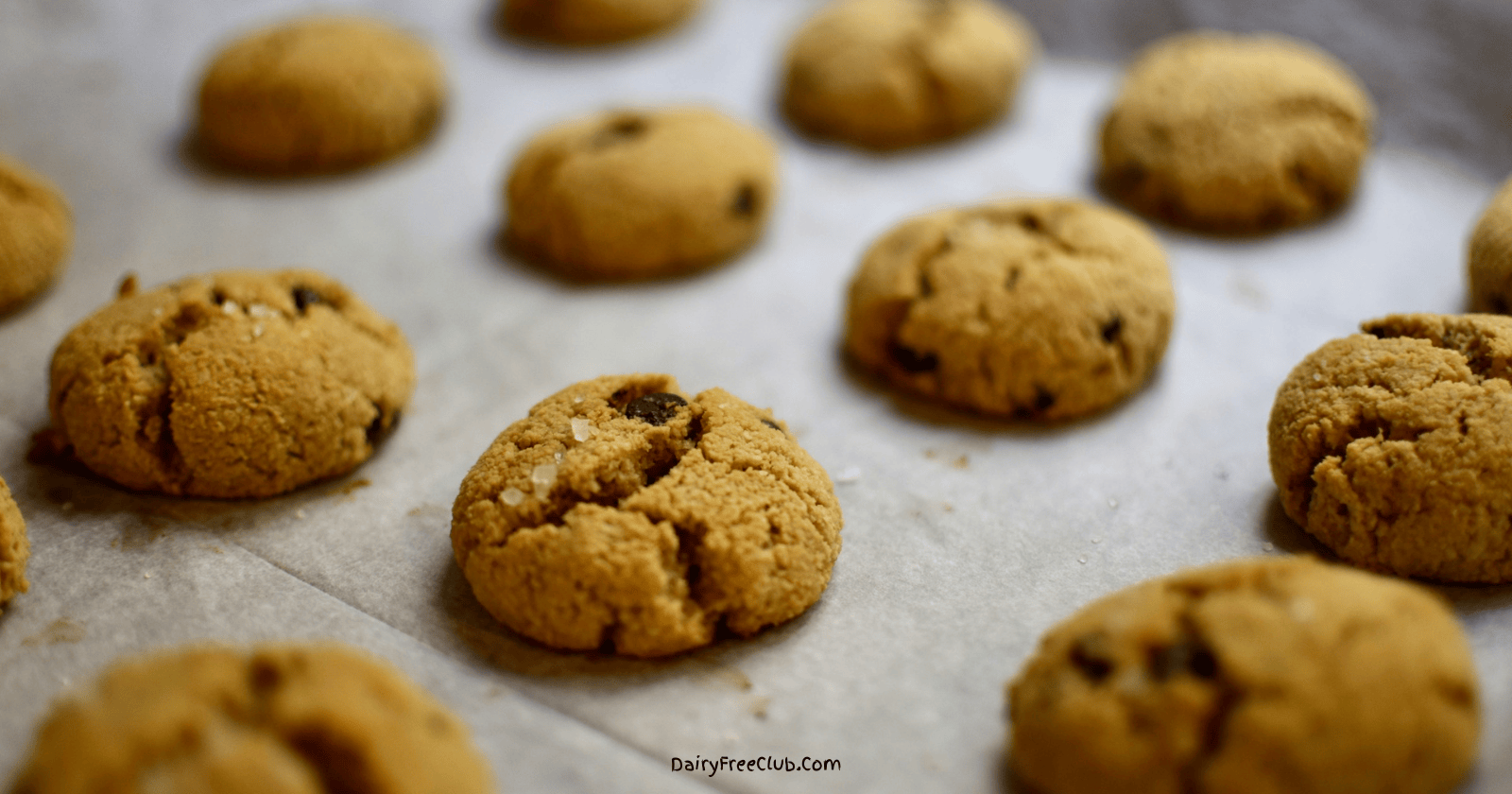I’ve always loved baking, so when I cut out dairy, my first thought was, How on earth am I going to make my favorite recipes? At first, it felt like a big challenge, but I quickly realized it’s much easier than it seems.
If you’ve ever wondered how to replace dairy in baking, the answer is simple: with a few easy swaps—like plant-based milk, vegan butter, or yogurt alternatives—you can still bake cookies, cakes, and breads that taste just as delicious as ever.
Along the way, I’ve learned which substitutes work best for different recipes, and it’s actually been fun discovering new ingredients and flavors.
Contents
- How to Replace Milk in Baking
- Butter Substitutes for Baking
- Cream Alternatives for Baking & Desserts
- Dairy-Free Cheese in Savory Bakes
- Yogurt Substitutes in Baking
- How to Replace Sweetened Condensed Milk
- How to Replace Buttermilk in Baking
- Egg vs. Dairy: What’s the Difference in Baking?
- Tips for Moisture & Texture in Dairy-Free Baking
- Best Store-Bought Dairy-Free Baking Products
- Common Mistakes When Baking Without Dairy
- Final Words!
How to Replace Milk in Baking
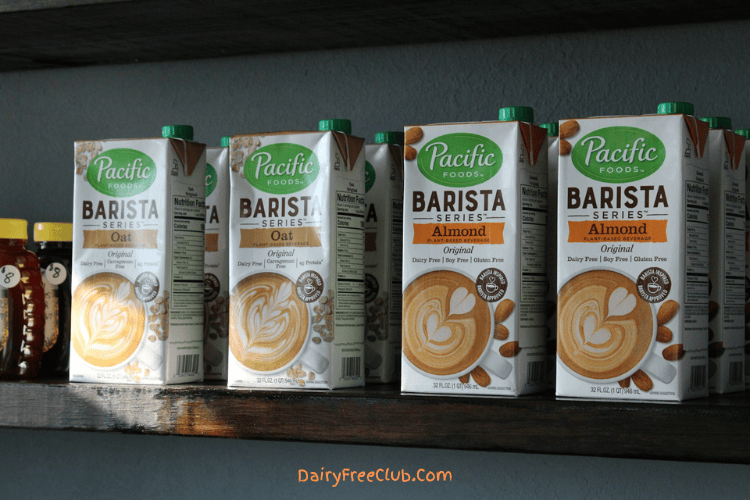
You can swap dairy milk with non-dairy options in most recipes at a 1:1 ratio. The key is knowing how each type of milk affects flavor, texture, and structure.
Soy milk is often the best non-dairy milk for baking. It has a protein level close to cow’s milk, which helps with structure in cakes and breads. It also has a neutral flavor that won’t overpower your recipe.
Almond milk works well in cookies and quick breads. It’s lighter in fat and protein, so your results may be a little less rich. Its nutty flavor can show up in delicate cakes, so keep that in mind.
Oat milk is creamier than almond milk and adds more body to batters. It browns slightly more in the oven, which can give cakes and muffins a nice golden color. If you want a mild flavor and smooth texture, oat milk is a solid choice.
Coconut milk (from the carton, not canned) has a distinct flavor that can dominate baked goods. It’s best in recipes where coconut flavor fits, like tropical cakes or cookies. It has more fat than almond or rice milk, which can add richness.
Rice milk is the thinnest option. It’s low in fat and protein, so breads may rise faster but have a weaker structure. It works fine in recipes where milk is a minor ingredient, like pancakes or muffins.
Butter Substitutes for Baking
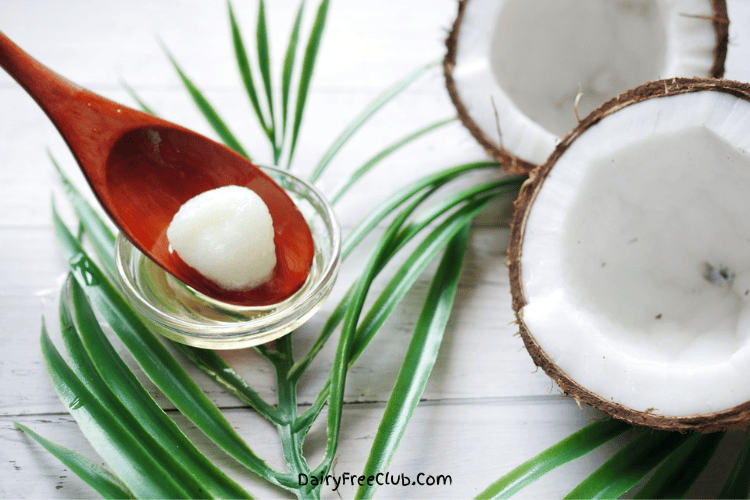
You don’t need dairy butter to bake soft cookies or fluffy cakes. Many simple swaps work just as well and can even add new flavors. The key is knowing how much to use and when each option fits best.
Plant-based butter or margarine is the closest match. You can swap it 1:1 for dairy butter in most recipes. Choose unsalted if you want more control over flavor.
If you want to replace butter with oil in cookies or cakes, use neutral oils like canola or sunflower. Olive oil works too, but it adds a mild taste. Oils usually make baked goods more tender and moist.
Coconut oil is another solid choice. It behaves like butter when firm, but melts quickly. It adds a light coconut flavor, which can pair well with muffins or quick breads.
For a lighter option, try applesauce. It works best in cakes, brownies, or muffins where you want a soft texture. It doesn’t provide the same richness, but it lowers fat and keeps things moist.
Here’s a quick guide to help with swaps:
| Substitute | Conversion (per 1 cup butter) | Notes |
|---|---|---|
| Plant-based butter | 1 cup | Closest taste and texture |
| Margarine | 1 cup | Similar to butter, easy swap |
| Coconut oil | 1 cup (solid or melted) | Adds light coconut flavor |
| Olive/neutral oil | ¾ cup | Works well in cakes, cookies |
| Applesauce | ½ cup | Best for moist, soft bakes |
Cream Alternatives for Baking & Desserts
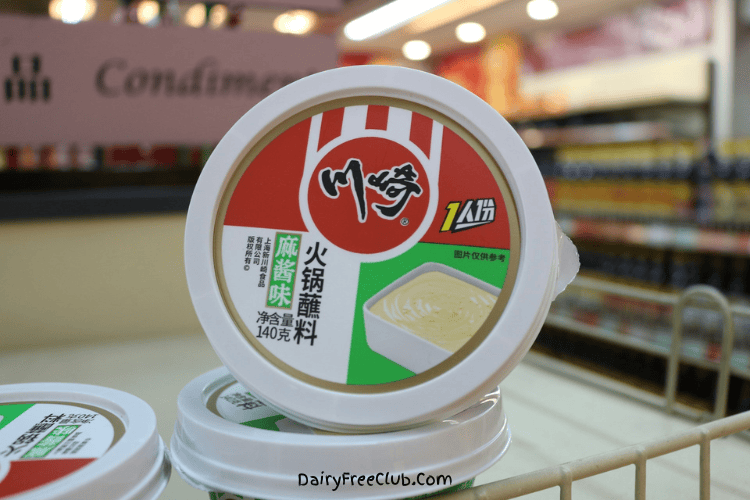
When a recipe calls for cream, you don’t have to skip it. You can swap in dairy-free options that still give you the richness and texture you need.
Coconut cream works well in baking and desserts. You can chill a can of full-fat coconut milk, scoop the thick part, and use it as a stand-in for heavy cream. It also whips into a light topping, making it a good base for vegan whipped cream.
If you want a smoother, nut-based option, try cashew cream. Blend soaked cashews (organic have better taste) with water until silky, and you’ll have a versatile substitute for half-and-half or light cream. It adds body without overpowering the flavor of your baked goods.
Soy-based cream products are another simple choice. Many grocery stores carry ready-to-use soy cream that behaves much like dairy cream in both baking and cooking. It’s especially handy when you don’t want to make your own.
Dairy-Free Cheese in Savory Bakes
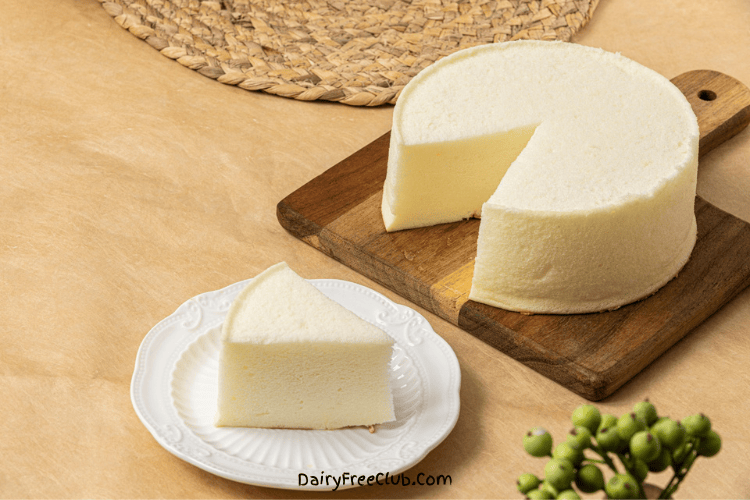
When you bake quiches, savory pastries, or breads, cheese often adds richness and flavor. You can still get those qualities without dairy by using a few simple substitutes.
One option is nutritional yeast. It has a natural cheesy taste and works well sprinkled into doughs, fillings, or toppings. A few tablespoons can give your bakes a savory, slightly nutty flavor without adding dairy.
For a creamier texture, try cashew cheese. You can blend soaked cashews with lemon juice, garlic, and seasonings to create a smooth spread. This works nicely in quiches or as a filling layer in savory pastries.
You can also use store-bought vegan cheese substitutes. These come in shredded, sliced, or block form, making them easy to melt into breads or layer into pies. Some brands melt better than others, so it helps to test a few.
Mixing these options can give you even better results. For example, you might stir nutritional yeast into pastry dough and then add cashew cheese to the filling for extra depth.
Yogurt Substitutes in Baking
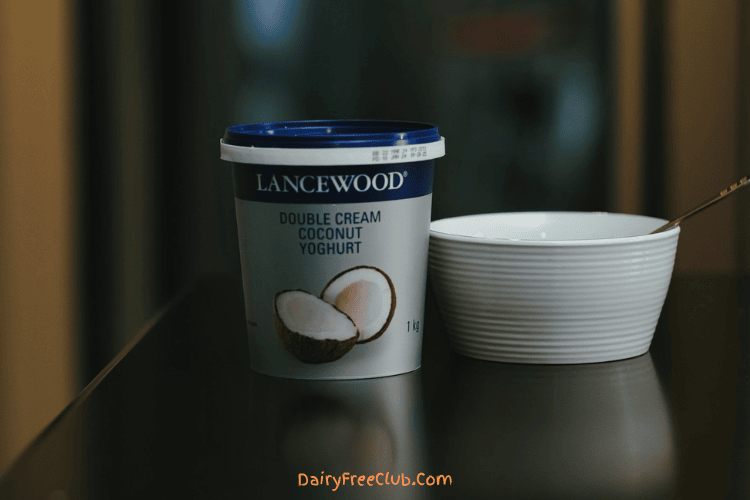
You don’t have to skip a recipe just because you’re out of yogurt or want a dairy-free option. Many swaps work well in muffins, cakes, and quick breads without changing the texture too much.
Dairy-free yogurts like soy, coconut, or almond yogurt are some of the easiest choices. They give you the same creaminess and tang while keeping your recipe vegan-friendly. You can use them in a 1:1 ratio for most baked goods, including vegan yogurt baking recipes.
If you’re making dairy-free yogurt muffins, soy yogurt usually gives the closest match to regular yogurt because of its mild flavor. Coconut yogurt adds richness and a light coconut taste, while almond yogurt has a lighter texture that works well in quick breads.
If your recipe uses baking soda, remember that yogurt’s acidity helps the batter rise. When using a substitute that’s less tangy, add 1 tsp of lemon juice or vinegar per cup to keep the balance.
These swaps let you keep the moisture and structure you need while fitting your diet and pantry.
How to Replace Sweetened Condensed Milk
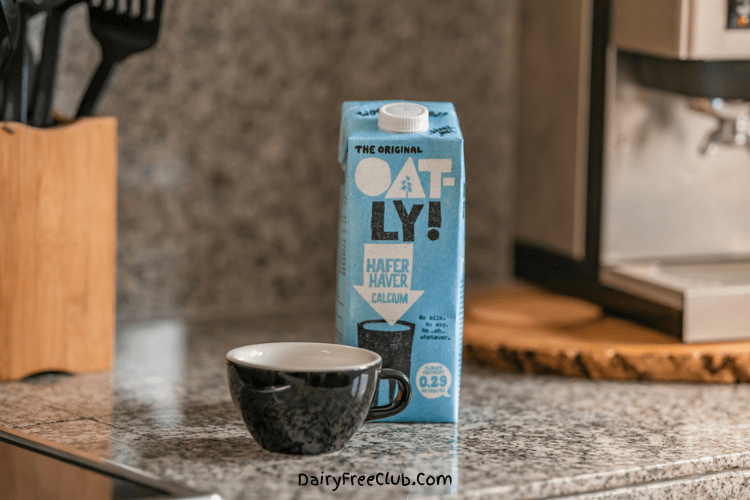
If your recipe calls for sweetened condensed milk, you have plenty of ways to swap it out. You can make a quick homemade version or pick up a store-bought substitute condensed milk that fits your needs.
One simple method is to simmer coconut milk with sugar until it thickens. This creates a rich, dairy-free condensed milk that works well in pies, bars, and puddings. If you prefer something lighter, you can use oat milk and reduce it with sugar for a mild, neutral flavor.
For a fast vegan condensed milk recipe, blend plant-based milk powder, sugar, hot water, and a little oil. It comes together in minutes and keeps in the fridge for about two weeks. This option is handy if you want something shelf-stable and easy to whip up.
You can also buy ready-made alternatives. Sweetened condensed coconut milk is sold in cans and can replace regular condensed milk at a 1:1 ratio. Evaporated coconut milk plus sugar is another store-bought choice if you want more control over the sweetness.
How to Replace Buttermilk in Baking
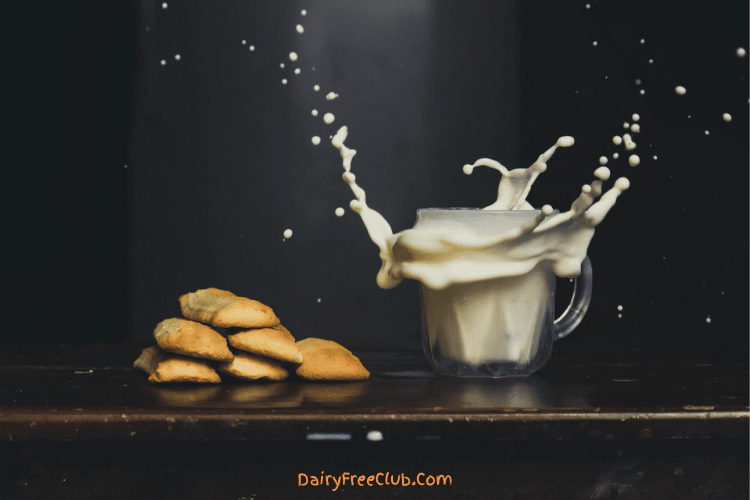
You don’t need dairy to get the tang and lift that buttermilk gives your recipes. A simple vegan buttermilk substitute works in pancakes, muffins, quick breads, and even dressings.
The easiest method is to mix 1 cup of plant milk with 1 tablespoon of vinegar or lemon juice. Stir, then use it right away. The acid reacts with baking soda or baking powder to help your baked goods rise while adding a light tang.
Different plant milks give different results. Almond milk and oat milk keep things light, while soy milk adds a little more body. If you want a richer texture, try lite canned coconut milk or an unsweetened dairy-free creamer.
If your mixture looks like it’s separating, just give it a quick whisk. It will still work as a buttermilk alternative for baking.
You can also use flavored or sweetened plant milk, but think about how it pairs with your recipe. For example, vanilla soy milk might taste great in cake but not in savory bread.
Egg vs. Dairy: What’s the Difference in Baking?
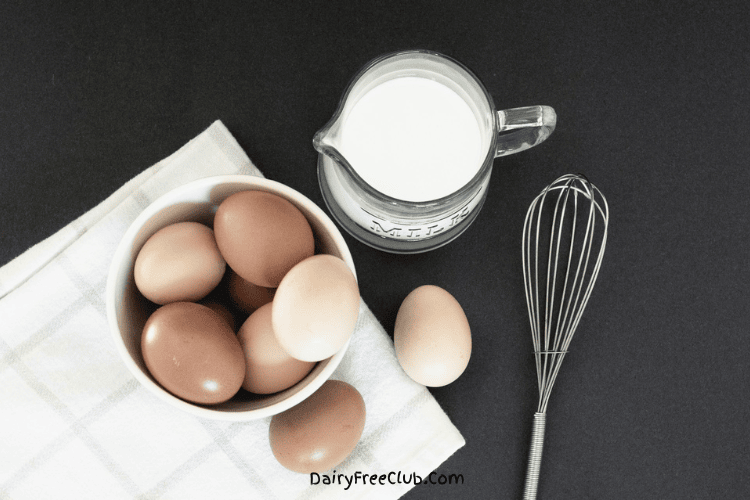
It’s easy to group eggs and dairy together, but they’re not the same. Eggs are not dairy. Dairy comes from milk, while eggs come from chickens. Knowing this helps you understand what you’re really replacing in a recipe.
Eggs and dairy play different roles in baking. Eggs add structure, moisture, and binding. Dairy products like milk, butter, and cream add fat, flavor, and tenderness. When you swap them out, you need to think about their separate functions.
Sometimes a recipe calls for both eggs and dairy. In that case, you’ll need to use two kinds of substitutions—one for eggs and one for dairy. For example, you might use almond milk instead of cow’s milk and a flax egg instead of a chicken egg.
If you’re baking vegan, you’ll always replace both. Try pairing non-dairy milk with a plant-based egg substitute. This way, you keep the texture and flavor close to the original recipe without relying on animal products.
Tips for Moisture & Texture in Dairy-Free Baking
When you bake without dairy, moisture and texture can feel tricky. You don’t want dry cakes or crumbly cookies, so you need to adjust your ingredients a little.
Start with plant-based milk like almond, soy, or oat. These can be lighter than dairy milk, so add an extra splash or a tablespoon of oil to help keep cakes moist without dairy.
Fats make a big difference. Coconut oil, vegan butter, or margarine creates richness and softness. Coconut oil works well in cookies for chewiness, while vegan butter helps with structure in cakes and pastries.
You can also use natural binders for better texture. Applesauce, mashed banana, or flaxseed “eggs” add moisture and hold ingredients together. These are especially useful in vegan baking textures where eggs and dairy aren’t used.
Don’t forget flavor boosters. A little vanilla extract, cinnamon, or citrus zest can help balance plant-based substitutes and keep your baked goods tasting rich, not flat.
Best Store-Bought Dairy-Free Baking Products
When you bake without dairy, having the right store-bought products makes it much easier. You don’t need to experiment with dozens of brands—some are already well known for working well in cookies, cakes, breads, and more.
Vegan butter brands are the first place to start. Earth Balance sticks and tubs melt, cream, and bake much like dairy butter. Miyoko’s Creamery also makes plant-based butter with a rich flavor that works well in pie crusts and pastries.
For dairy-free milk for baking, soy milk is usually the most reliable because its protein content is close to dairy milk. Brands like Silk and WestSoy give you consistent results in breads, muffins, and cakes. If you prefer oat or almond milk, Califia Farms and Oatly are easy to find and perform well in quick breads and desserts.
When a recipe needs cream, you can reach for coconut cream or full-fat canned coconut milk. Thai Kitchen and Native Forest are two options that whip and thicken nicely for frostings or fillings.
Common Mistakes When Baking Without Dairy
One of the biggest dairy-free baking mistakes is using the wrong type of milk substitute. If you grab a sweetened almond or soy milk, your recipe can turn out too sugary. Always check the label and stick with unsweetened options for more consistent results.
Another common issue is a dry or crumbly texture. Cakes without dairy sometimes lose moisture and feel dense. To fix a dry dairy-free cake, try adding a little extra fat from coconut oil, avocado oil, or even applesauce to balance the texture.
Bread and muffins can also fall flat if you don’t match the fat content of butter with the right substitute. For example, margarine or plant-based butter usually works better than oils alone because they add structure as well as moisture.
Cookies can spread too much or not enough if you don’t consider how your swap behaves when heated. Coconut oil melts faster than butter, while nut butters hold their shape. Testing small batches helps you adjust.
Final Words!
When I first started baking without dairy, I honestly thought I’d have to give up the treats I loved most. But what I’ve found is the opposite—it’s pushed me to get creative, try new ingredients, and fall in love with baking all over again.
Now, when I pull a batch of cookies or a loaf of bread from the oven, I know they’ll taste just as good as before, only made in a way that fits my lifestyle. If you’re just starting out, don’t be afraid to experiment.
You might be surprised by how simple the swaps are—and how rewarding it feels to keep enjoying the recipes you love, dairy-free.
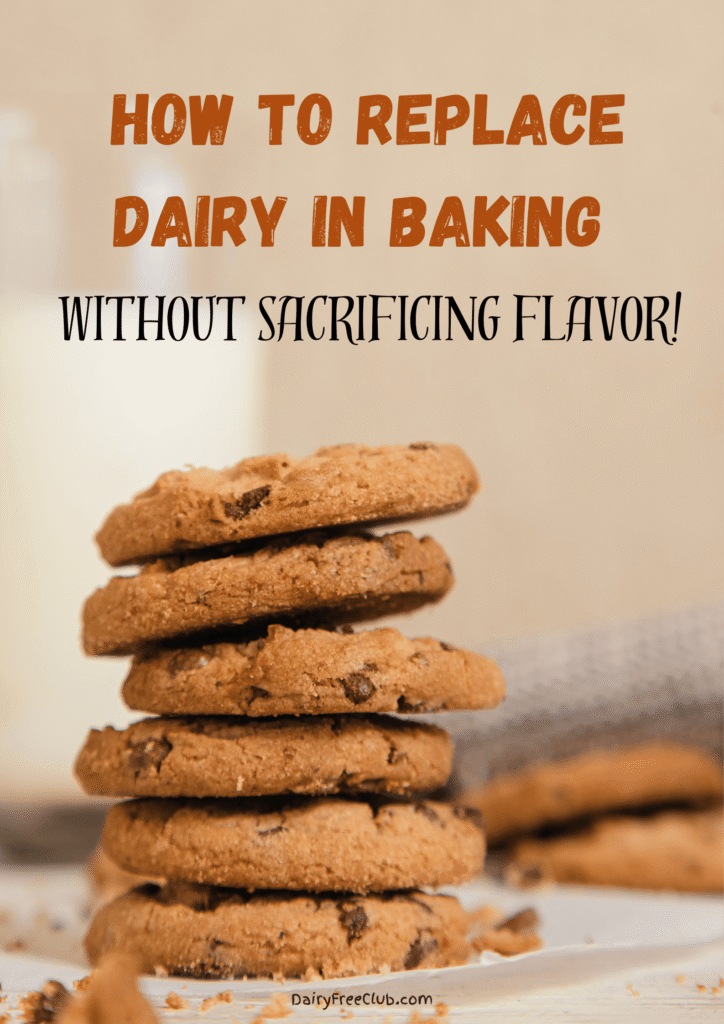

I’m Simone, and I’m here to make your dairy-free journey simple, enjoyable, and delicious! Whether you’re lactose intolerant, have a dairy allergy, or are exploring a plant-based lifestyle, Dairy Free Club is your go-to resource for finding the best dairy-free alternatives.
Join me as we uncover the tastiest dairy-free products, easy meal ideas, and expert tips to help you navigate a dairy-free lifestyle with confidence.

